Not long ago, blood pressure tracking felt out of reach for wearables. Now, even a smart ring can take a shot at it. With its new Blood Pressure Profile Study, Oura is rethinking how this vital metric can be tracked. The approach is similar to Apple’s and Whoop’s, but smarter and more refined.
It’s no secret that smartwatch, fitness tracker, and smart ring makers are racing to solve big health challenges. What began with simple heart rate and sleep tracking has evolved into more complex systems addressing women’s health, stress, and metabolic balance. Menstrual tracking now extends to peri- and menopause support, and sleep tracking can flag apnea risk. Even continuous glucose monitoring can now sync with wearables.
And in 2025, we’re crossing a new frontier: hypertension, one of the most common and dangerous health conditions in the world. Well over one billion adults are affected, and nearly half are unaware of it.
Hypertension, or high blood pressure, happens when the force of blood pushing against artery walls stays consistently too high, putting extra strain on the heart and vessels. Often symptomless, it’s known as the “silent killer” because it can quietly lead to heart disease, stroke, or kidney issues. That’s why preventing it is critical.
Inside Oura’s Blood Pressure Profile Study
Oura’s new study combined everyday biometric data with quick user check-ins to flag early signs of high blood pressure. It’s not about diagnosing anyone but about helping you catch small shifts before they turn into something serious.
The program is still in the research phase, running inside Oura Labs with Institutional Review Board approval and guidance from the FDA. That means it’s experimental, but it’s also a clear sign that Oura is doubling down on preventive health.
Participants get feedback based on ring data, lifestyle details, and family history. The results are grouped into three levels: no signs, moderate signs, or strong signs of hypertension. If your results land in the strong category, you’re encouraged to follow up with a doctor, ideally catching the issue before it escalates.
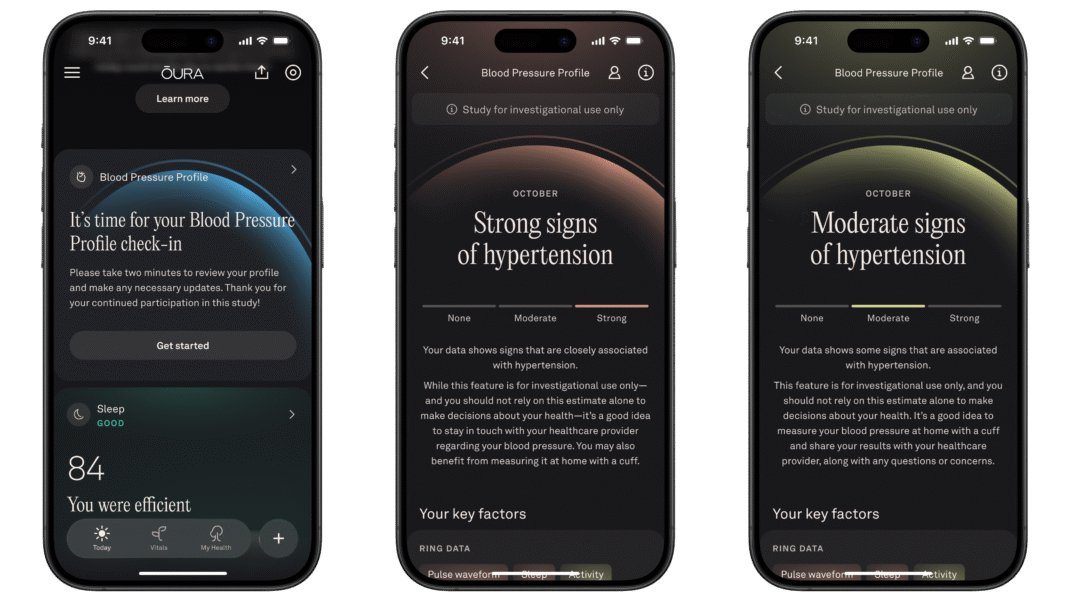
What’s clever here is how Oura links real-world data with clinical validation. It’s a smart way of proving that subtle physiological changes in your daily patterns could reveal much more about your cardiovascular health than we ever thought possible.
What makes Oura’s approach different
Blood pressure tracking in wearables isn’t new, but the execution matters. Samsung, for example, introduced blood pressure monitoring on its Galaxy Watch Active 2 years ago. However, the feature never received FDA approval in the U.S. because it functioned too much like a medical device without meeting the certification standards required for clinical use.
To avoid this regulatory hurdle, most companies present their blood pressure tools as wellness features rather than diagnostic ones. Whoop launched its Blood Pressure Insights earlier this year, offering estimated overnight readings. It’s still in beta and has drawn FDA attention for skirting the line between wellness data and medical claims.
Apple, on the other hand, has played it safe (and smart). Its Hypertension Notification feature uses heart data over a 30-day window to alert users to potential hypertension risks. It is FDA-approved and aimed specifically at raising awareness for people not yet diagnosed.
Oura’s take blends the best of both worlds. Through participation in the Blood Pressure Profile Study, users receive early warnings for moderate and strong hypertension signs without stepping outside FDA wellness guidelines. It’s a preventive model that could help users act before hypertension becomes critical.
Why this matters
While many wearable features might seem like marketing-driven add-ons, blood pressure monitoring stands out as truly impactful. In conversations I’ve had about this technology, I’ve met many people who were unaware they had hypertension. A wearable that can flag subtle, long-term changes could make a real difference.
Oura’s latest update is more than just a new feature. It’s a real move toward preventive health that actually fits into daily life. If Oura pulls this off, we could be looking at the moment wearables start catching what your doctor might miss.
Here’s the downside: the feature is still in development and will roll out in the US first. Oura expects it to be ready by the end of the year.
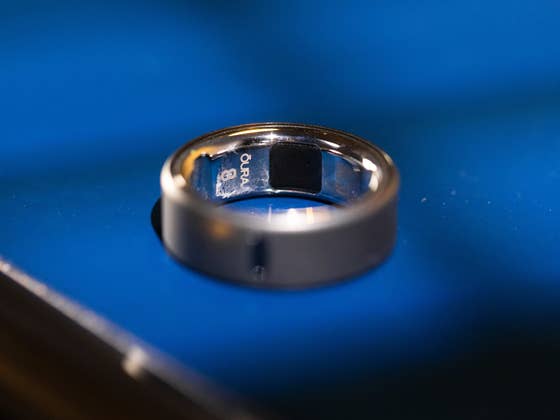

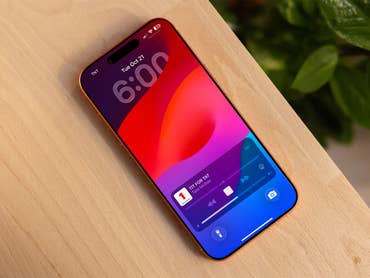
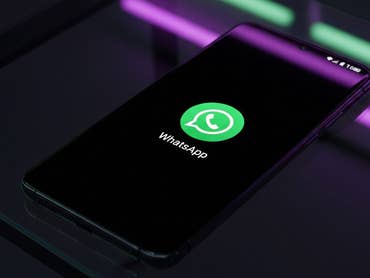
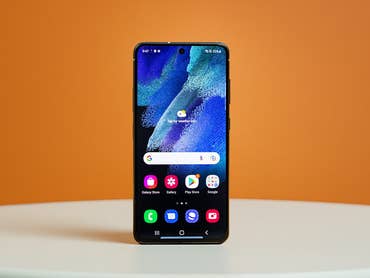
0 comments